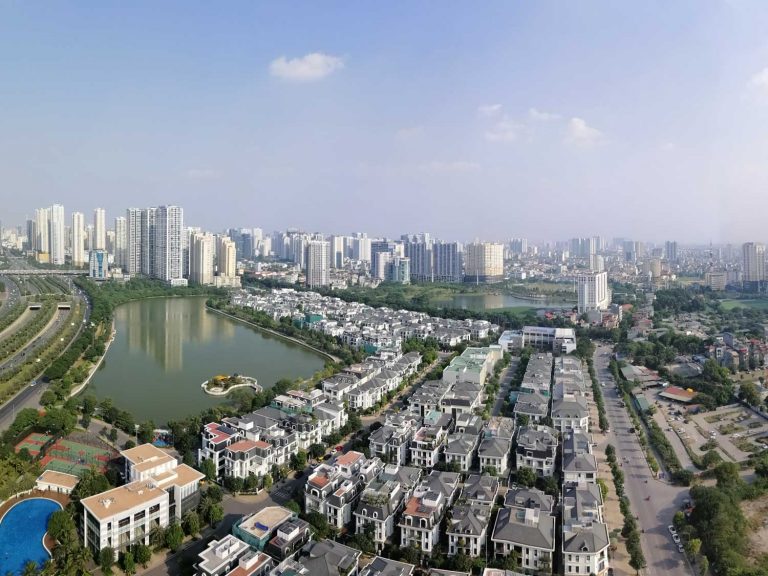
Date:
China production moving to Vietnam
Local economists insist that suggestions China production will migrate to Vietnam are overstated, despite workers not returning to factories operating in ‘closed loops’ and continuing lockdowns throughout China under the government’s ‘zero COVID’ policy, most recently in Qingdao. But production moves away from China are happening and there will be a tipping point.
Alarm bells have been ringing in the world’s second largest economy since Vietnam’s first quarter exports increased 13% to US$88.58 billion, which exceeded the value of goods shipped through China’s main export hub of Shenzhen over the same period. It is doubtful this is a coincidence in the current declining demand driven market.
As Southeast Asia eases its epidemic restrictions and China continues to follow its zero-COVID strategy, with rolling lockdowns in its major cities, factory orders will continue to flow out of China to more reliable regions of manufacture and global buyers may turn to countries like Vietnam, or to alternative areas closer to the final destination of consumption.
The eruption of the trade war between the US and China in 2018 has accelerated a wave of industrial supply chain transfer, with Vietnam apparently emerging as one of the biggest winners of the trade dispute. This commenced pre-pandemic and may have been accelerated and accentuated with the continuing current situation in China.
Vietnam’s trade with the US has grown significantly recently, with the trade surplus increasing over 30% and Vietnam likely to remain an attractive market for foreign investment and a destination for supply chain diversification.
China’s analysts suggest that there’s nothing to worry about, in their manufacturing industries offshoring to Southeast Asia, because the ones leaving are low in the value chain and they want to take advantage of lower costs.
Offshoring low added value products to Southeast Asia, like manufacturers in Guangdong have been doing for years, enables Chinese consumers to benefit from cheaper goods, while domestic industries free up capacity to allow them to upgrade to more complex manufacturing, that are more lucrative for the economy.
Local economists argue that China’s upgraded industrial chain will remain vital in the region and beyond and that despite concerns triggered by Vietnam’s rising manufacturing capability, China willcontinue to be the ‘world’s factory’ for at least 30 years.
But leading tech giants such as Apple, Google, Samsung, LG Electronics and Microsoft have already made the move to new industrial parks in northern Vietnam and other countries.
Frustrated with China’s ‘zero-COVID’ lockdowns halting production at a moment’s notice, they are seeking alternatives and Vietnam, with its cheap labour, geographic proximity to China and stable political environment is eminently attractive.
Two of Apple’s most important suppliers are currently in talks to make Apple Watches and MacBooks in Vietnam, with one set to invest $300m in a new 50.5-hectare factory 30 miles from Hanoi.
Production of other Apple products in Vietnam is also expected to increase, with 65% of AirPods to be made there by 2025 and it’s clear that Vietnam could become a manufacturing powerhouse, if they can continue to pick up technology production and build up their own capabilities.
Vietnam has joined 15 FTAs and has six pacts with regional partners as part of the Association of Southeast Asian Nations (ASEAN) so the customs processes are established and getting essential components overland from mainland China to Vietnam is relatively easy.
One significant limiting factor may be Vietnam’s workforce, which is just a fraction of the size of China’s and less skilled than in South Korea and Japan, and as the economy grows, wages will inevitably rise too. But for now it is an attractive alternative and delivering the goods.
Sourcing of products, components and raw materials will always be cyclical in its origins and Metro are following all of our customers needs in our main verticals from garments for retailers to components for the automotive sector. We monitor and manage supply chain flows and can give recommendations and an insight into the ‘next big thing’. It is part of our strategy, under constant review and we always ensure that our logistics platforms are able to perform whether in an emerging market or a mature country already manufacturing. Please contact us for our sourcing insights and latest market intelligence – it will assist your own business tactics and future decisions, ensuring that there are no unforeseen tremors caused through supply chain considerations that may not have been part of the original assessment and decision making process.
If you are considering alternative sourcing strategies, or would like to discuss how we could support you in Vietnam, please contact Elliot Carlile to arrange a consultation and scoping discussion. We have traded in the regions for the last 40 years and can offer both local assistance with experts based in country and add value to your requirements and needs in ensuring that you products are moving seamlessly to their end point of distribution and sale. It’s what we do.
